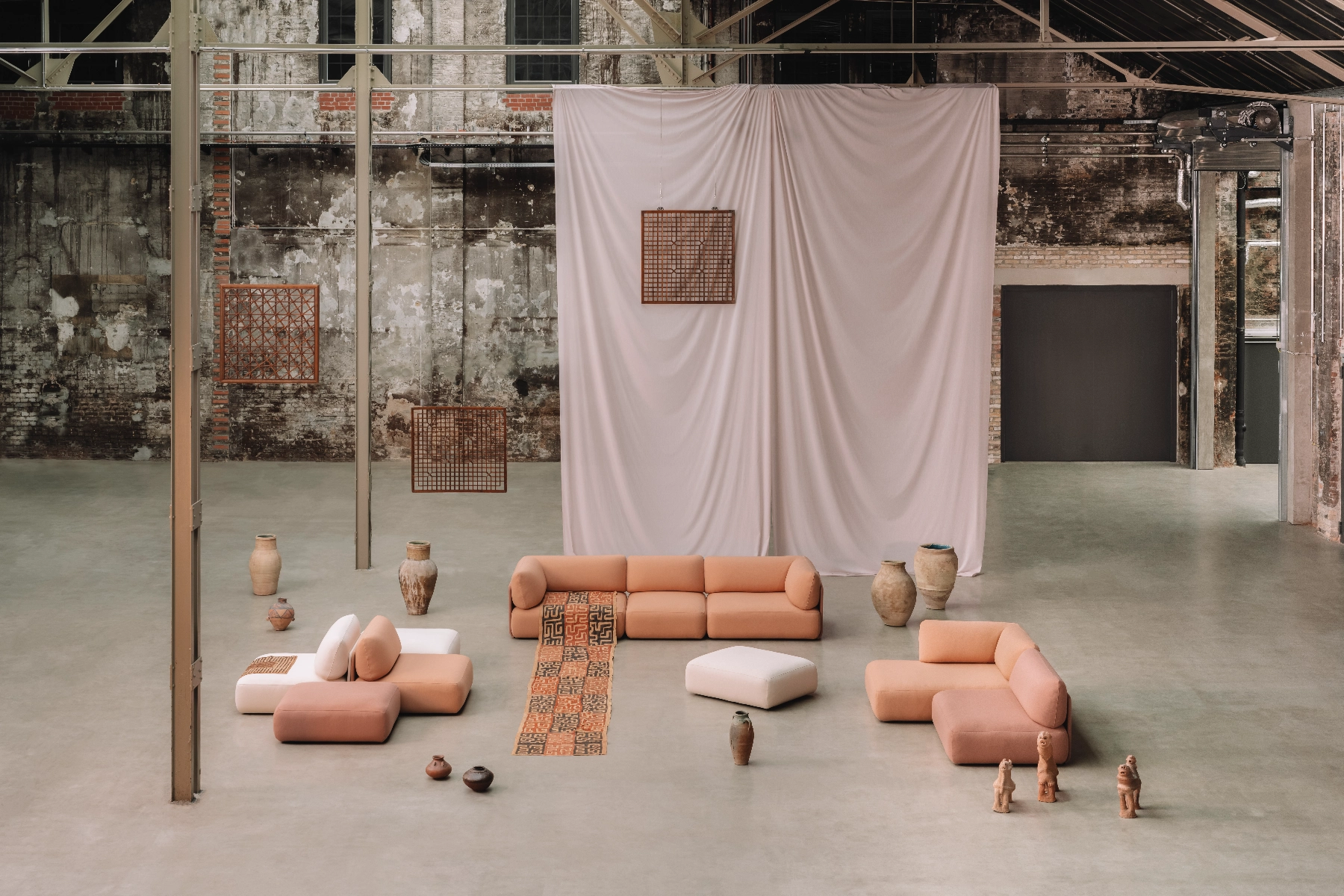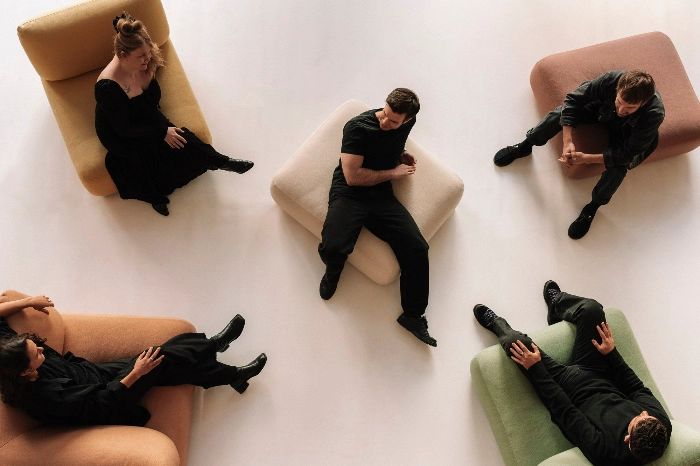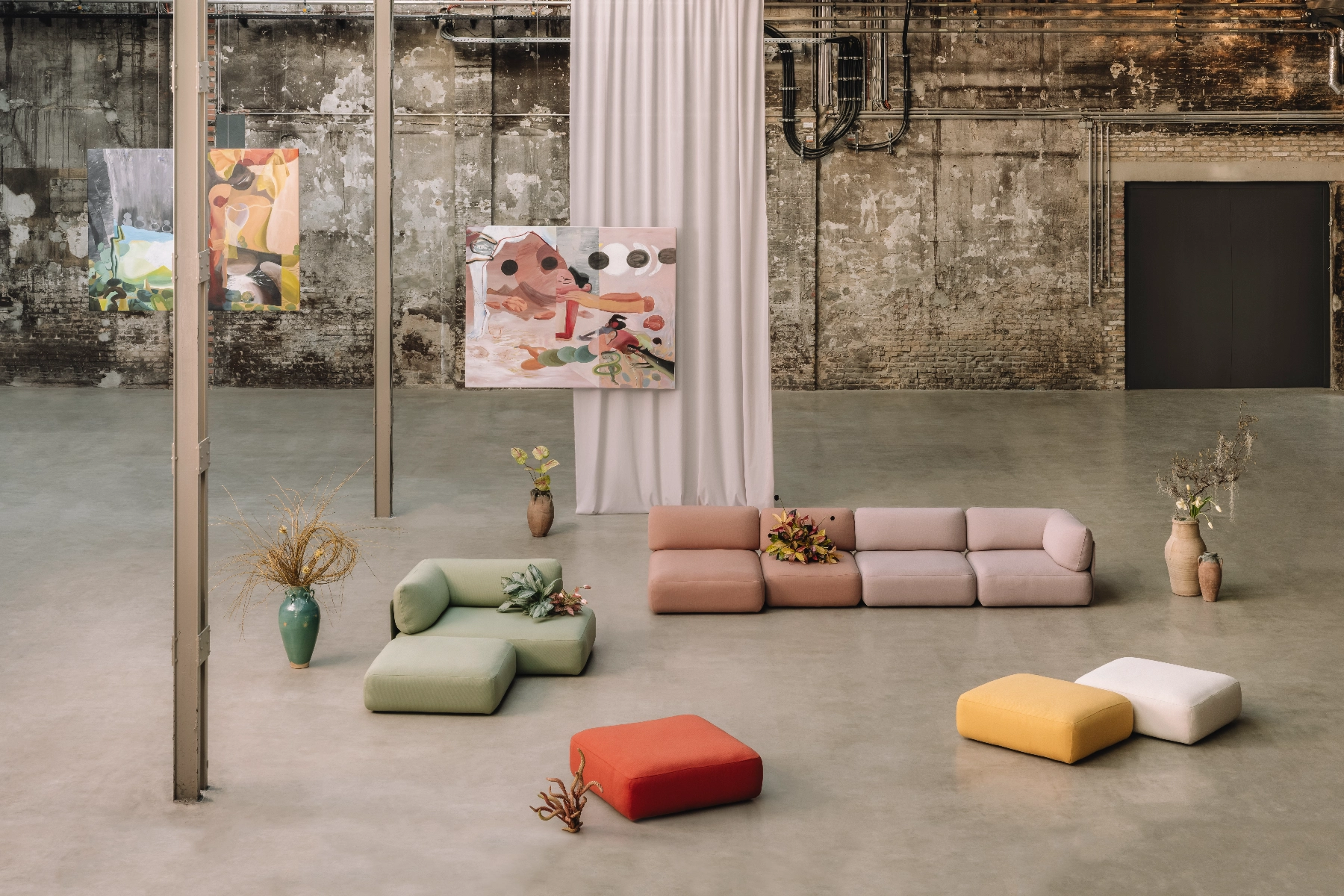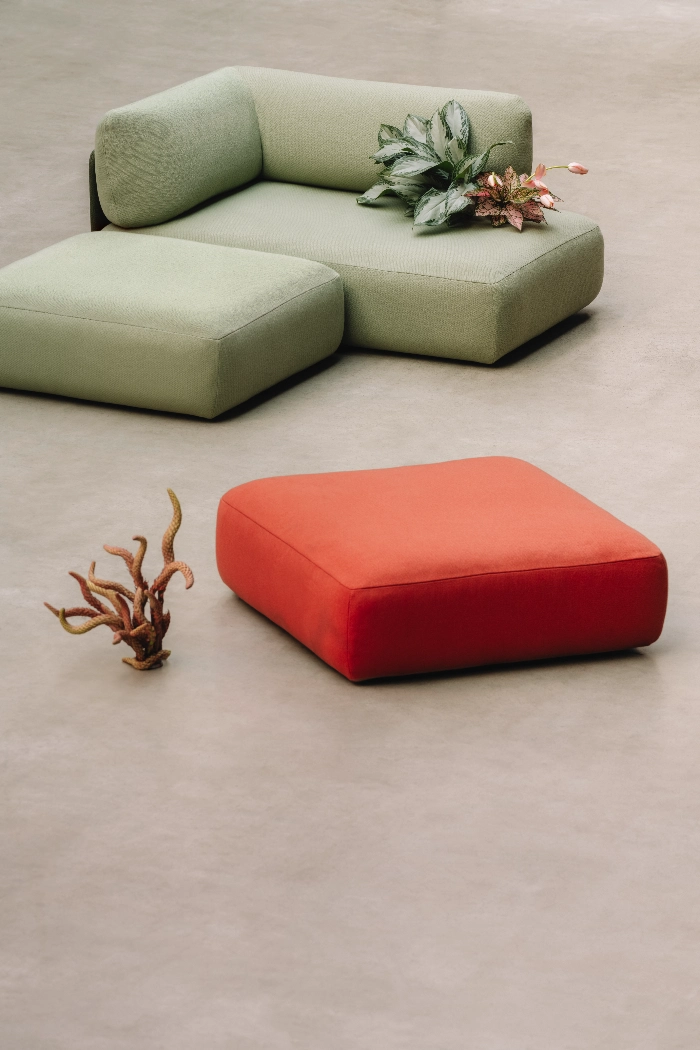Become a Thisispaper+ member today to unlock full access to our magazine, advanced tools, and support our work.
Thisispaper Community
Join today.
Enter your email address to receive the latest news on emerging art, design, lifestyle and tech from Thisispaper, delivered straight to your inbox.
Congratulations!
You are on Thisispaper Community waiting list.
You are on Thisispaper Community waiting list.
Oops! Something went wrong while submitting the form.
Note: To keep the highest quality within the community we onboard up to 20 people per week.
Instant access to new channels
The top stories curated daily
Weekly roundups of what's important
Weekly roundups of what's important
Original features and deep dives
Exclusive community features








